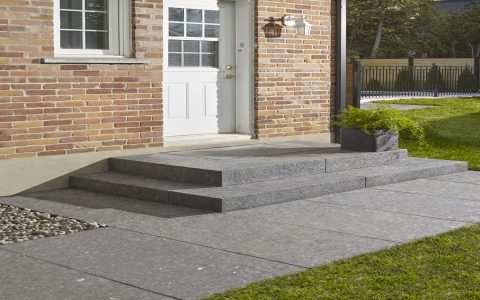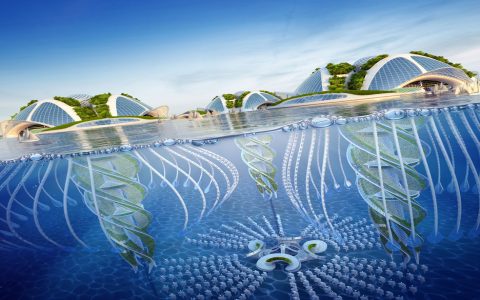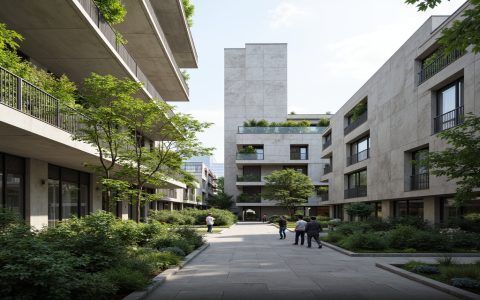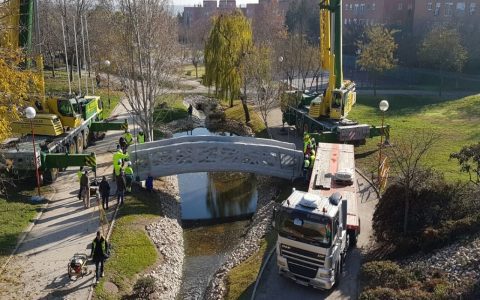As traditional clay bricks face sustainability and cost challenges, several alternative building materials offer viable solutions:
Common Masonry Alternatives
- Concrete Blocks: Durable, cost-effective, and faster to install. Provide excellent compressive strength for load-bearing walls.
- Autoclaved Aerated Concrete (AAC) Blocks: Lightweight with high thermal insulation and fire resistance. Suitable for both structural and partition walls.
- Compressed Earth Blocks (CEBs): Manufactured from stabilized soil, offering low embodied energy and good thermal mass. Ideal for sustainable construction.
Eco-Friendly Options
- Hempcrete: Bio-composite of hemp shiv and lime binder. Provides excellent moisture regulation, insulation, and carbon sequestration.
- Rammed Earth: Formwork-compacted subsoil layers create high-mass walls with minimal processing. Delivers superior thermal performance and near-zero waste.
Structural Panel Systems
- Structural Insulated Panels (SIPS): Insulated foam core sandwiched between OSB boards. Achieves high R-values with rapid on-site assembly.
- Light Gauge Steel Framing: Non-combustible alternative offering dimensional stability and design flexibility. Often paired with sheathing and insulation.
Performance Considerations
- Thermal Efficiency: AAC and SIPS significantly outperform traditional bricks in insulation (R-values).
- Construction Speed: Modular systems (blocks, panels, steel framing) reduce build time versus bricklaying.
- Embodied Carbon: Hempcrete, rammed earth, and CEBs offer substantially lower environmental impact.
- Moisture Management: Vapor-permeable materials like hempcrete prevent moisture trapping.
Selection must evaluate local climate, structural requirements, fire codes, budget, and labor availability. Consult engineers and manufacturers for technical specifications.







